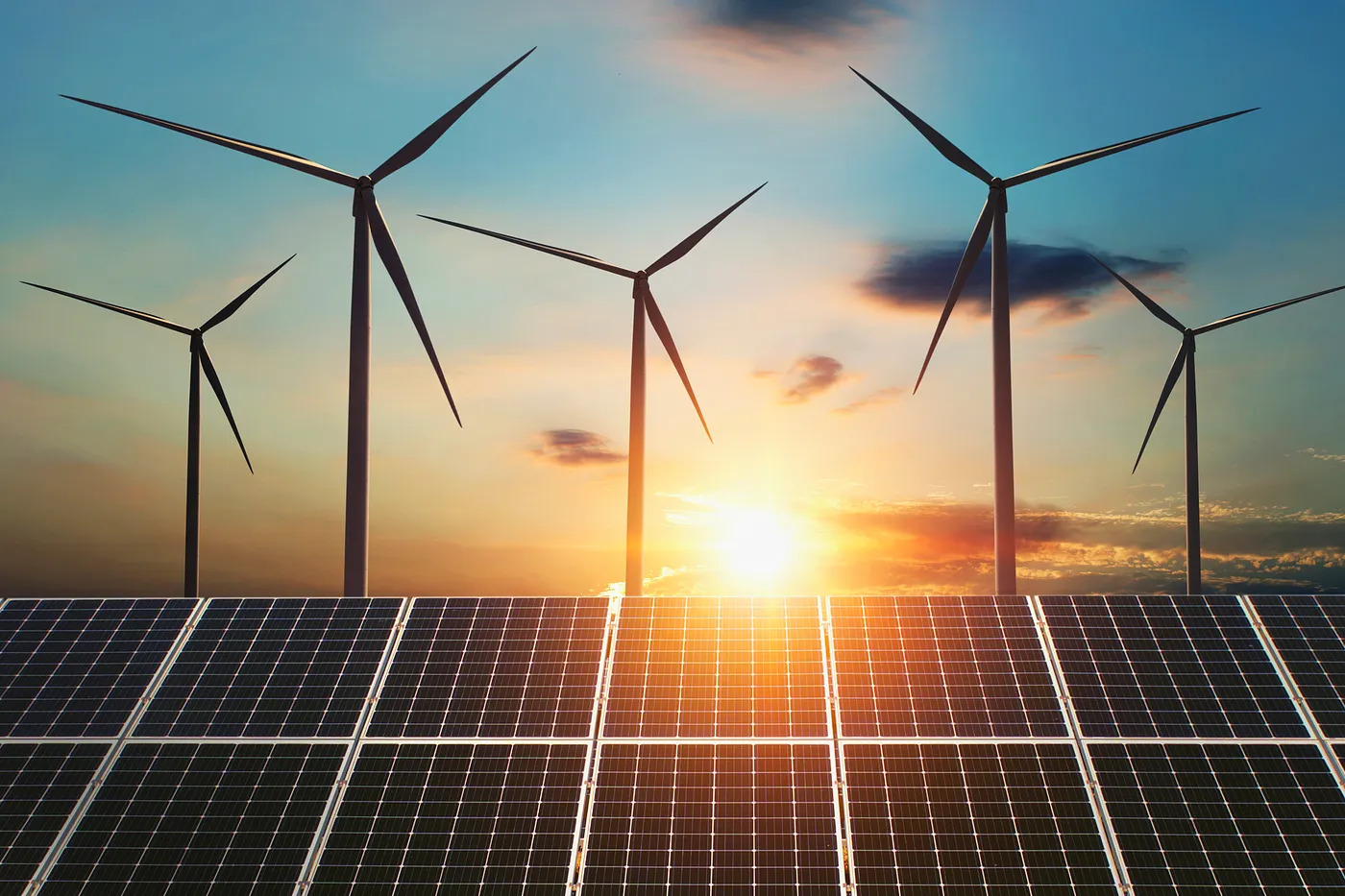The Future of Clean Energy: Exploring Investment Opportunities in Renewable Technologies

In an era where climate action is more than a buzzword, renewable energy is taking center stage, reshaping how we power our lives and tackle environmental challenges. As the global appetite for sustainable energy solutions intensifies, the investment landscape in renewables is becoming a hotbed of opportunity for both individual and institutional investors. With renewable energy capacity skyrocketing and clean tech innovation in full swing, the investment horizon in this sector is brighter than ever.
Renewable Energy Growth
Data from the International Renewable Energy Agency (IRENA) shows that renewable energy capacity hit an impressive 2,799 gigawatts (GW) in 2020, making up over a third of the planet’s total power capacity. According to a study by Bloomberg New Energy Finance (BNEF), this trend is set to accelerate, predicting that by 2050, wind and solar will supply almost 50% of the world’s electricity, up from just 7% in 2020. This isn’t just a blip; it’s a seismic shift that underscores the growing importance of renewables as a formidable alternative to fossil fuel-based systems. Remarkably, the cost of solar energy has decreased dramatically over the past decade, falling by as much as 90%, making it even more accessible and appealing as an investment. The United Nations Environment Programme’s Global Trends in Renewable Energy Investment report further bolsters this, revealing that renewables raked in a staggering $303.5 billion in 2020, capturing over two-thirds of global investments in new power generation. This trend not only signals investor confidence in renewables as a robust asset class but also underscores the vital role of governmental policies and regulations in fostering sustainable investments. As nations globally double down on their commitment to a greener future, the allure of investing in renewable technologies has never been more palpable.
The Green Hydrogen Revolution
Among the most tantalizing investment avenues is green hydrogen, a multi-purpose fuel generated by splitting water molecules using renewable energy. According to McKinsey & Company, the green hydrogen market could be worth $2.5 trillion by 2050, providing 30 million jobs globally. Research in Nature Energy suggests that by 2030, it could be cost-competitive with fossil fuels. While the potential is immense, the sector faces significant challenges, such as energy storage requirements and efficiency losses in production. Green hydrogen is less energy-dense than traditional fuels and often requires high-pressure or cryogenic tanks, possibly alongside advanced battery systems, for storage. There’s also the capital-intensive hurdle of developing a new distribution network. Furthermore, the increased demand for water resources for production poses potential environmental challenges. Early adopters who tap into the green hydrogen market now stand to be pioneers in an industry on the cusp of explosive growth, but they must also navigate these inherent limitations to make it truly transformative.
Wind and Solar: The Titans of Renewable Energy
While wind and solar energy continue to be the linchpins of the renewable sector, offering a plethora of investment options, they also come with their own set of challenges. The BNEF study suggests that these technologies are not just growing but are poised to dominate the energy landscape. Technological leaps and economies of scale have significantly reduced the costs of solar panels and wind turbines, making them increasingly cost-competitive with traditional energy sources. However, challenges such as intermittency issues, land use conflicts, and the environmental impact of manufacturing and disposing of solar panels and wind turbines cannot be ignored. Advancements in energy storage solutions, like cutting-edge batteries, aim to solve some of these challenges by revolutionizing the way we harness intermittent renewable energy and ensuring a consistent and reliable power supply. Despite these hurdles, investment opportunities remain abundant in solar and wind projects, as well as in energy storage solutions.
Untapped Potential: Tidal and Geothermal Energy
Beyond the mainstream, tidal and geothermal energy are emerging as exciting frontiers in the renewable landscape, and their significance is notably visible in Switzerland. Tidal energy leverages the ocean’s natural rhythms, while geothermal energy taps into the Earth’s innate heat. Unlike their weather-dependent counterparts like wind and solar, these sources offer long-term stability. Switzerland, known for its commitment to sustainability, has been pioneering in harnessing geothermal energy, given its unique geological makeup that makes it particularly suitable for such endeavors. These renewable sources are not only ripe for technological innovation but are also becoming increasingly attractive for investment, especially in regions like Switzerland that prioritize long-term energy solutions.
Conclusion
Investing in renewable technologies offers multiple benefits: It’s not only a financial boon but also a meaningful contribution to reducing greenhouse gas emissions. Additionally, these technologies empower individuals and communities to be self-sufficient, reducing dependence on centralized energy systems. By backing clean energy initiatives, investors are actively participating in global efforts to create more sustainable and independent living environments. Plus, these investments are engines for job creation, economic vitality, and technological innovation. As we pivot towards a greener, low-carbon future, the investment possibilities in renewable technologies are virtually limitless. From green hydrogen and stalwarts like wind and solar to emerging avenues like tidal and geothermal energy, the renewable sector is brimming with potential. With renewable energy capacity on an upward trajectory, economic viability within reach, and a surge of investments flooding the sector, there’s no better time than now to dive into the renewable energy investment pool. By doing so, we’re not just securing our financial well-being, but also paving the way for a more sustainable and prosperous world for the generations that follow.





